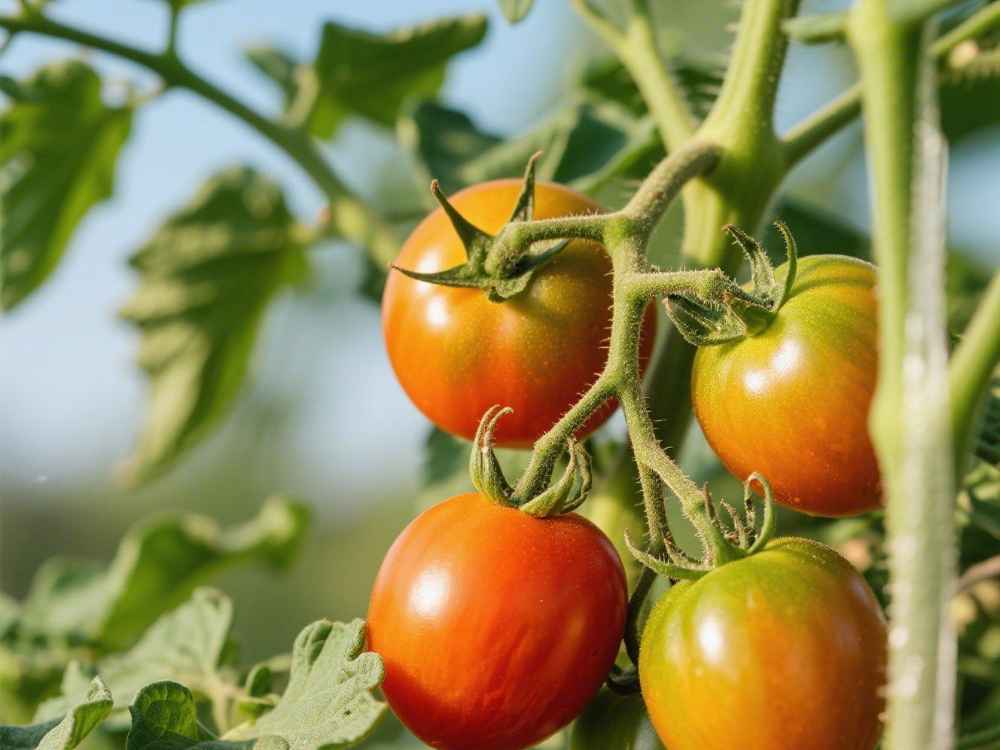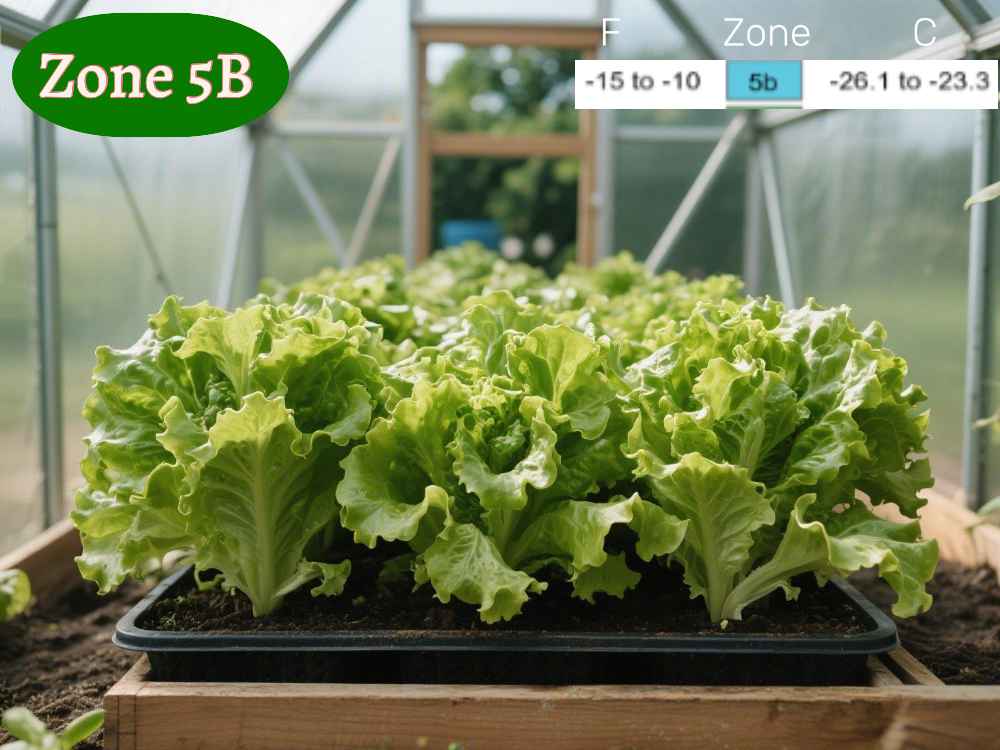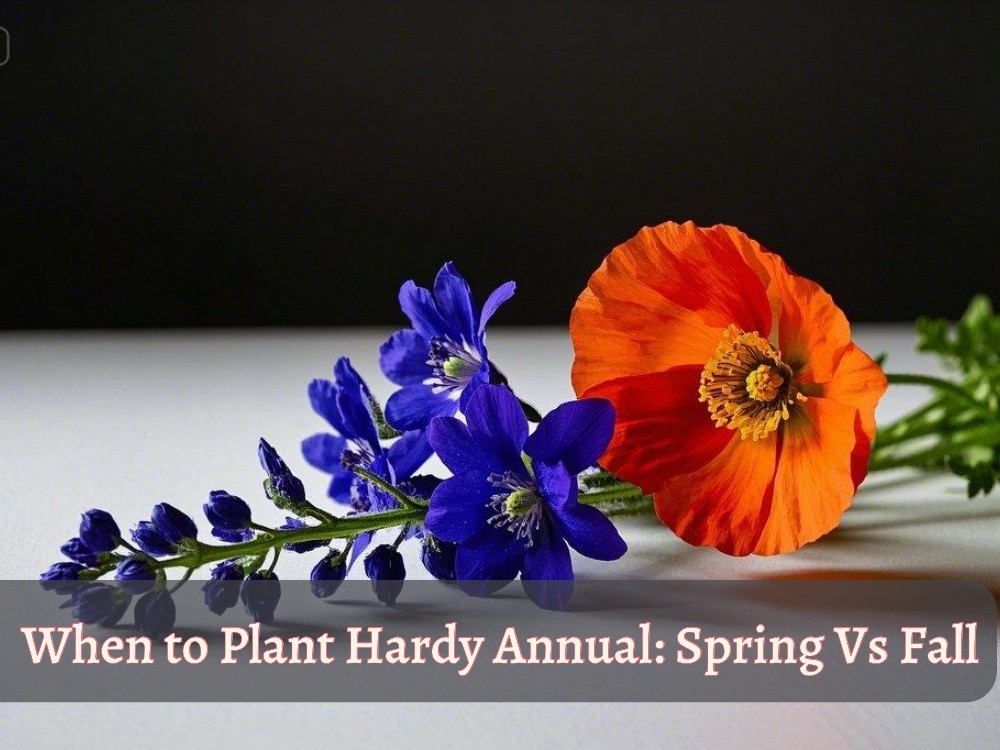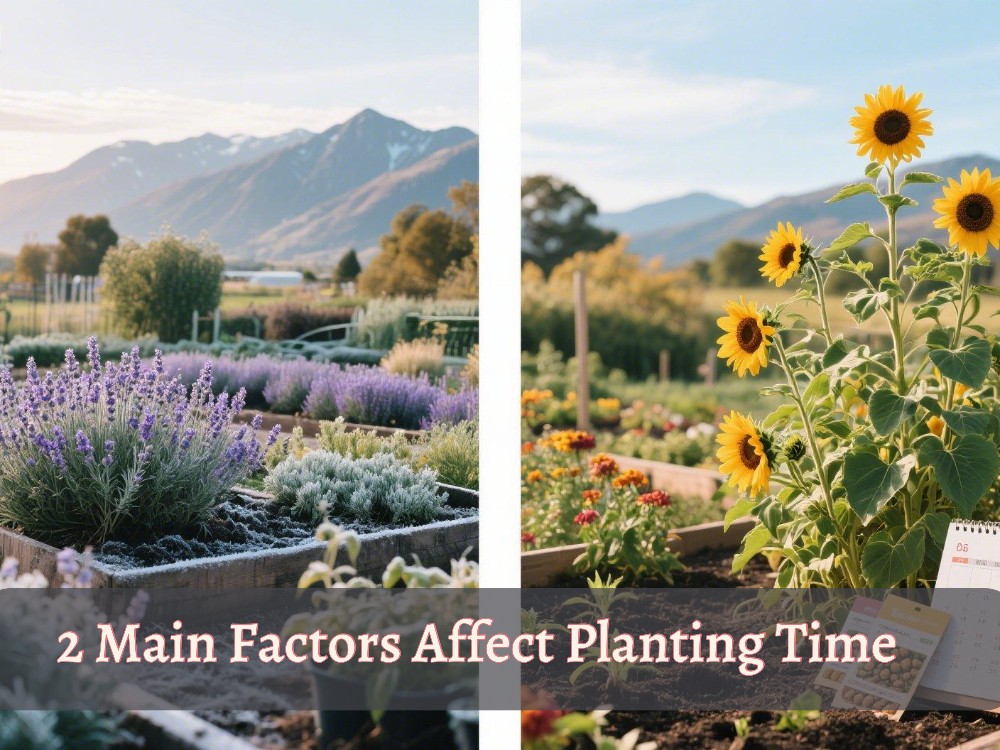If you live in North Carolina, you might wonder whether growing pears is even worth it. Late frosts in some areas, high humidity, and fruit diseases can make it feel tricky.
According to the USDA’s report, North Carolina isn’t listed among the top pear-producing states, such as California, Oregon, or Washington. However, pears can still be successfully grown at home here for personal use.
So why not grow your own and enjoy those sweet, homegrown pear flavors, right from your backyard, instead of waiting for markets that barely offer them or trends that might never come?
Do pears grow well in North Carolina? What Matters?
With the right variety, little care, and proper understanding of local growing seasons, you can definitely grow pears in NC (North Carolina).
In fact, it can be an enriching experience, especially when you grow a pear from seeds.
I’ve mostly noticed that when a fruit tree is grown from seed, especially from a variety already thriving in that climate, it slowly adapts to its environment. (permise)
Over time, it grows stronger, just like we humans adjust and build resilience in the place we live.💪😎
So, in hot, humid, and late frost areas, how can you successfully grow pears? Here’s something important: things matter.
First: Right Pear Variety
For growing pears in northern California, experts recommend some special varieties that can survive there with less disease risk, especially “fireblight.”
Agricultural extension centers of North Carolina State University (NCSU), such as the Forsyth and Macon County Extension Services, have recommended specific pear varieties.
| European Pear Varieties | Asian Pear Varieties |
|---|---|
| Moonglow | Twentieth Century |
| Magness | Nitifka |
| Orient | Shinseiki |
| Harrow Delight | Chojuro |
| Harrow Sweet | |
| Harvest Queen | |
| Seckel |
It is often recommended to plant two different pear varieties of trees together to ensure effective pollination.
Second: Right Propagation Method
The next important factor for successfully growing pears in North Carolina is the right propagation method. Basically, there are two methods: through seeds and grafting.
Both methods have their benefits, and choosing one of them depends on your goals and gardening experience.
Growing Pear From Grafting
Pear grafting is highly recommended, especially for commercial purposes, as it produces fruit more quickly than pear trees grown from seeds.
Additionally, grafted pear trees maintain consistent genetic traits such as taste, size, and shape.
Almost all expert sources, including NCSU, recommend purchasing a grafted pear tree from a local nursery.
However, if you have experience with grafting propagation, you can graft it onto an existing pear tree yourself.
Growing Pear from Seeds
Although growing a pear tree from seeds requires patience, typically 10 to 15 years, depending on the variety and level of care, it can be a truly rewarding experience to witness each stage of growth firsthand.
Moreover, seed-grown trees may be more resilient to local climate conditions, especially if the seeds are taken from a variety that is already thriving well in North Carolina.
Must Know: If you’re growing pears from seed, always check whether the variety the seeds are extracted from is hybrid or non-hybrid. For hybrids, either buy certified F1 seeds directly or simply opt for a grafted tree to save yourself the hassle. (Parkseed)
Another method: if you’re planning to buy pear tree from nursery and then transplant it at home, you must learn when to transplant trees and as well as how to transplant trees.
Also explore more guides;
Can you plant pear tree in the fall..
Pillar guide–> can you plant trees in the fall..
Third: Right Planting Time Based on Propagation Methods
Planting time for pears relies on your local conditions and propagation method of that variety (here’s how).
- For pear grafting, experts suggest late winter to early spring, while for budding, July is advised.
- For growing pears from seeds, timing depends on the last frost date of North Carolina.
Planting Timing for Seed-Grown Pears in North Carolina
Before planting pears from seeds, you need to stratify the seeds in the refrigerator to prepare them for germination. This ‘cold stratification‘ process typically begins 3–4 months before the last expected frost date.
After stratification, sow the seeds indoors, usually about 4 weeks before the last frost date. Finally, you can transplant the pear seedlings outdoors once the danger of frost has completely passed in your area.
It’s important to consider the specific frost dates for your local region. However, the stratification, sowing, and transplanting timelines mentioned above are based on general frost dates for North Carolina.
| Region & Cities | Refrigeration Time (3–4 months before Last Frost Date) |
Indoor Sowing Time (4 weeks before Last Frost Date) |
Transplant Time (After Last Frost Date) |
|---|---|---|---|
| Northern North Carolina Boone, Sparta, Jefferson, Burnsville |
January – February (Last Frost: May 15–20) |
Mid to Late April (Apr 15–25) |
Late May to Early June (From May 21 onward) |
| Southern North Carolina Wilmington, Whiteville, Elizabethtown, Lumberton |
November – December (Last Frost: March 1–24) |
Late February to Early March (Feb 25 – Mar 5) |
Late March to Early April (From Mar 25 onward) |
Summary: Do pears grow well in North Carolina?
Although there was limited direct data available specifically addressing pear cultivation in North Carolina, I gathered comprehensive information through reliable sources such as the Agricultural Extension Centers of North Carolina State University (NCSU).
Based on this research, it is evident that pears can indeed grow successfully in North Carolina, provided that certain important factors are considered, such as;
- Selecting the right variety compatible with the local climate
- Using an appropriate propagation method (e.g., grafting or seeds)
- Planting at the right time.
Overall, with suitable varieties and proper care, growing pears in North Carolina is feasible, and good yields can be achieved even under local climatic conditions.






